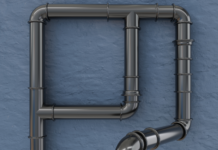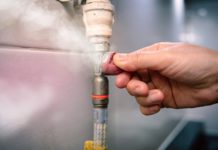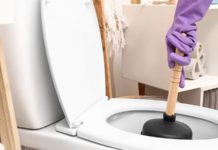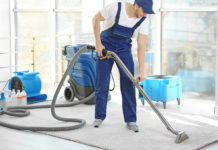The plumbing industry has been around for a long time, but there’s still a lot of progress and innovation going on today. More attention is being paid to pipe relining, which is a one-hole alternative to the two-hole pipe bursting method of replacing a sewage line.
The typical method of installing or repairing a water pipe system is to dig trenches and lay water pipes in the ground. To use this approach, the contractor must dig deep into the foundation along the pipe’s length. This method will require heavy equipment and masses of soil.
Locating the pipe, excavating to access it, and then repairing or replacing it, all demand considerable resources, making this a time-consuming process for restoring optimum water service.
What Is Pipe Relining?
Pipe relining is the most effective method of repairing worn-out drains in the house. An epoxy resin is shot into the pipe, then after it solidifies it serves as the new pipe.
This approach enables the pipe relining specialist to repair pipes without having to dig up walls or remove existing pipes. This allows you to save money while avoiding time-consuming procedures. Moreover, digging to remove broken old pipes is no longer required.
The Benefits Of Pipe Relining
Here are the advantages of relining the pipe rather than excavating a trench and replacing it:
- Less digging and damage to the landscape
- Pipe relining takes less than a day
- Flexibility to use any kind of pipe, whether it’s made of iron, clay, Polyvinyl Chloride (PVC), or any other similar material
- The material used to repair pipes can last more than 50 years
- Prevents accidents brought about by open pits if digging has been executed
- No exposure to the ground’s natural gases, such as asbestos, and other possible toxins
- There’s no need to get rid of old pipe materials.
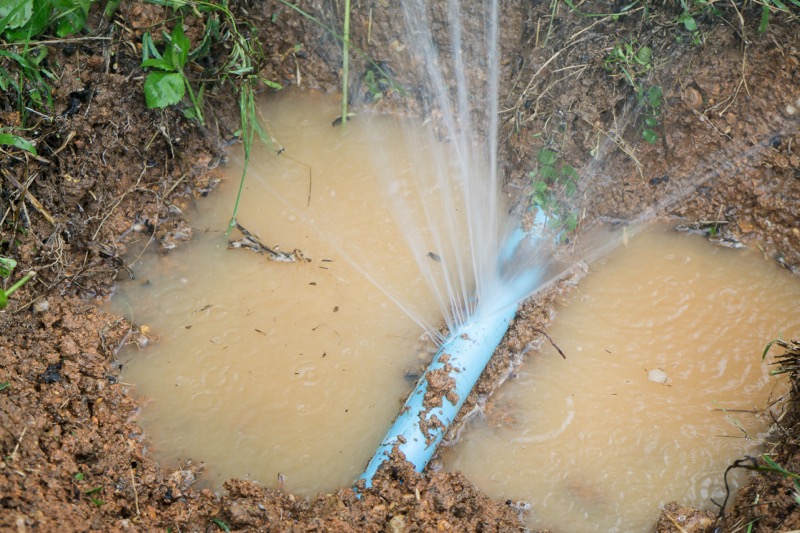
Tips To Prepare For Pipe Relining
One of the greatest difficulties for property owners is when aged water pipes fail. They might develop gradually, from minimal leaks that worsen over time, and can suddenly burst, flooding your home or business.
Pipe relining is a reasonable alternative in most cases, provided proper precautions are taken beforehand. This is a list of tips that will guide you through the pipe relining process:
-
Find A Reputable Installer
The most crucial factor in achieving a successful pipe relining project is ensuring that you work with a highly reliable, fully trained, and experienced installer. On the other hand, hiring a small, local firm that relies only on ‘off-the-shelf’ materials may appear to be a more cost-effective option, but the end result may not meet your expectations.
Pipe relining firms should only be considered if they meet the following criteria:
- Warranty
They’ll provide installation and product warranties that’ll last up to 50 years, as well as local offices where you can check the status of a warranty claim.
- Transparency
They’ll show you how the pipe looks via closed-circuit television (CCTV) before and after the repair.
- Flexibility
They must have available items that can be customized to meet the job’s precise requirements and specifications.
- Experience
This is the most important factor to consider. A plumber with over seven years of experience is deemed dependable. Hiring a competent plumber ensures exceptional service in any situation.
- Expertise
Expert plumbers are more likely to provide quality work and protect you from getting stressed out. They can easily spot drainage system faults using their modern plumbing gear.
- License
As long as you hire a licensed plumber, you can be sure they’ll come up with good solutions. They have been trained by professionals to deal with unexpected situations and emergencies.
- Insurance
It’s a good idea to hire a plumbing company that’s insured. This ensures protection for both parties, in case of accidents or anomalies in the process.
- Price
Most people hire a plumber who charges a low fee. However, low-priced plumbers often give poor service. It’s always best to hire a plumber who charges the standard rate in the market and gain value for your money.
-
Look For The Warning Signs
To get to the root of the problem, you must be cautious and inquisitive at all times. However, you don’t need to tear apart your walls and floors in order to determine whether or not your pipes have been damaged.
The following exterior indicators will alert you that there is something wrong with your pipes:
- Sewer Odor
If your sewage pipes are broken, gas from your sewage may leak out of your drains, causing an unpleasant smell. These gases have the potential to be hazardous in certain cases. As a result, if you detect bad odors emanating from your sink or bathroom, it’s time to call in the experts.
- Flooding Or Puddles On Your Property
Outside, your grass may become drenched, and pollutants from sewage may accumulate in the soil. It may even cause flooding if the pipe has been damaged for an extended period of time.
- Slow Drains
Having clogged drains is another telltale indicator. This is manifested as a slow drain in your toilet, sink, tub, or shower. In addition, you may notice clogs and sewage backing up in two or more drains in your residence.
- Increased Pest Population
A rat infestation is also a possibility since they can enter and escape the property via fractured sewer lines.
- Problems With Moisture And Mold
Moisture and molds develop when there’s excess water that seeps into the walls, floors, and ceilings. These are extremely harmful to your body and may trigger allergic responses.
- Weak Foundation
You might have cracks in your walls and slabs that break because of broken pipes. The ground around your house could be eroded by the water that’s seeping into the ground. This could make your house less stable in the long run.
- Tree Root
Invasive roots grow from old trees on your property, so make sure you remove them as soon as possible. Once a pipe develops a leak, the roots seek out the source and grow into the pipe.
-
Remove Obstructions
When it comes to pipe relining, the majority of the work is done at access points known as cleanouts. Clearing the space surrounding your pipe’s cleanouts is the first thing you should do to prepare your property for repair.
Carry out the same procedure for any additional areas that may need access.
-
Check Local Codes
Check with your local government to ensure that pipe relining is an approved repair procedure in your region before proceeding. Inquire if there are any requirements that must be filed before the process may be carried out.
-
Clean The Drains
Plumbing companies normally clean the pipe that’s going to be repaired to get a better view of the problem areas that need to be addressed during the repair process.
-
Plan For Water Interruptions
While the pipe relining operation is underway, the water supply to your house is normally turned off for your own protection. It’s advisable to prepare for the possibility of a water supply outage in advance.
-
Watch Out For Tree Roots
If there are any trees in the vicinity of your sewage line, a plumbing expert may recommend that you have them removed before sewer line repair can begin.
The fact that tree roots are drawn to the moisture contained in your pipes, it will also assist you in the long run, as it’ll prevent blockages and leaks from occurring.
Conclusion
Pipe relining is a practical alternative to weeks or even months of tedious repairs, costing you numerous resources and high labor fees. It’s a brilliant approach for repairing pipes without inflicting heavy damage on the surrounding area.
Further, be aware of when and when not to use relining, to maximize the process you’ll be engaging in. Making sure that the job is done properly can steer clear of future problems to come.


